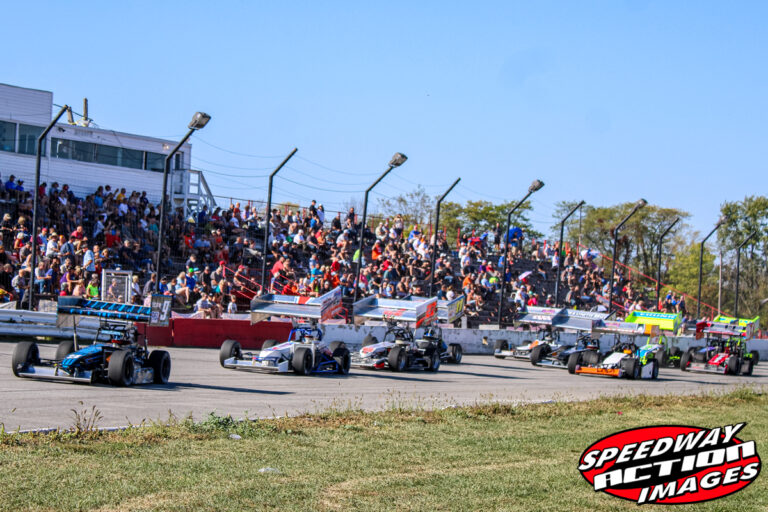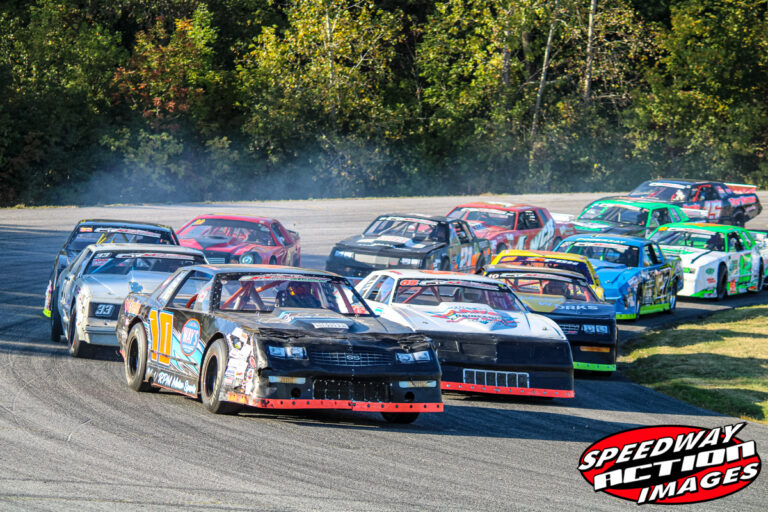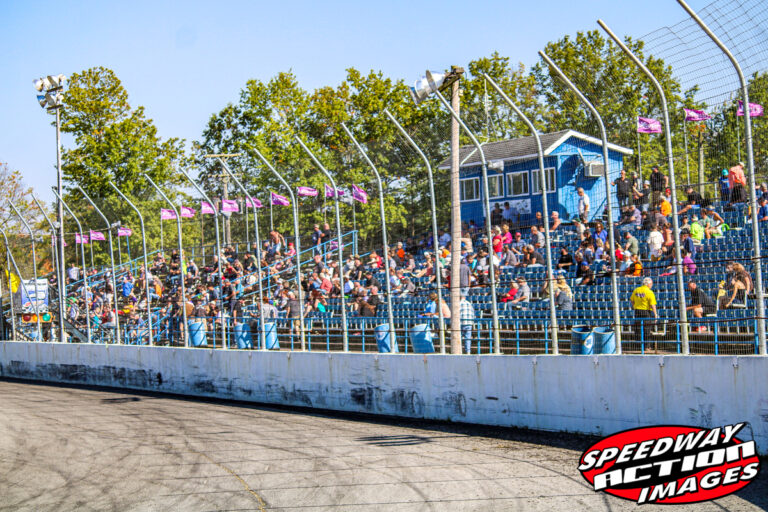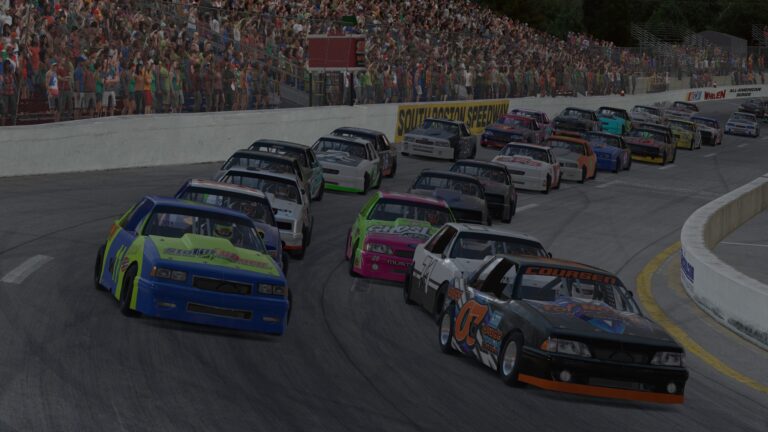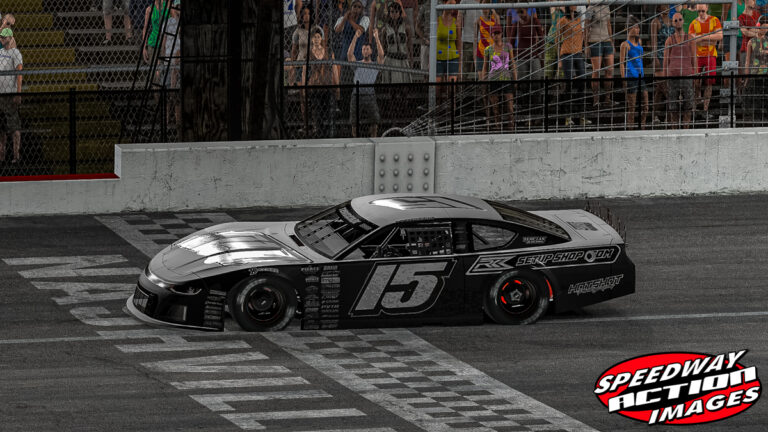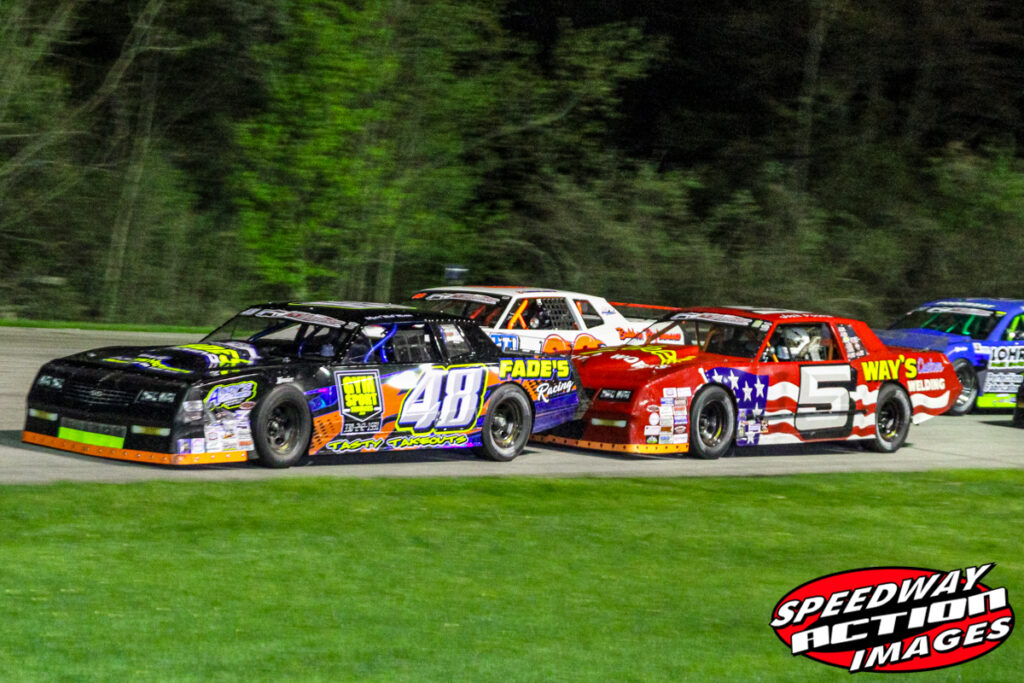
Jim Foose Speedway Action Magazine
The problem with asphalt racing that’s causing a steep decline in spectator attendance and participation along with closing tracks is self inflicted. In Part 1 of the series we looked at the amount of classes and the payouts. In Part 3 we will be looking into the promotions (or lack of promoting)
“Without promotion something terrible happens… Nothing!” – P.T. Barnum.
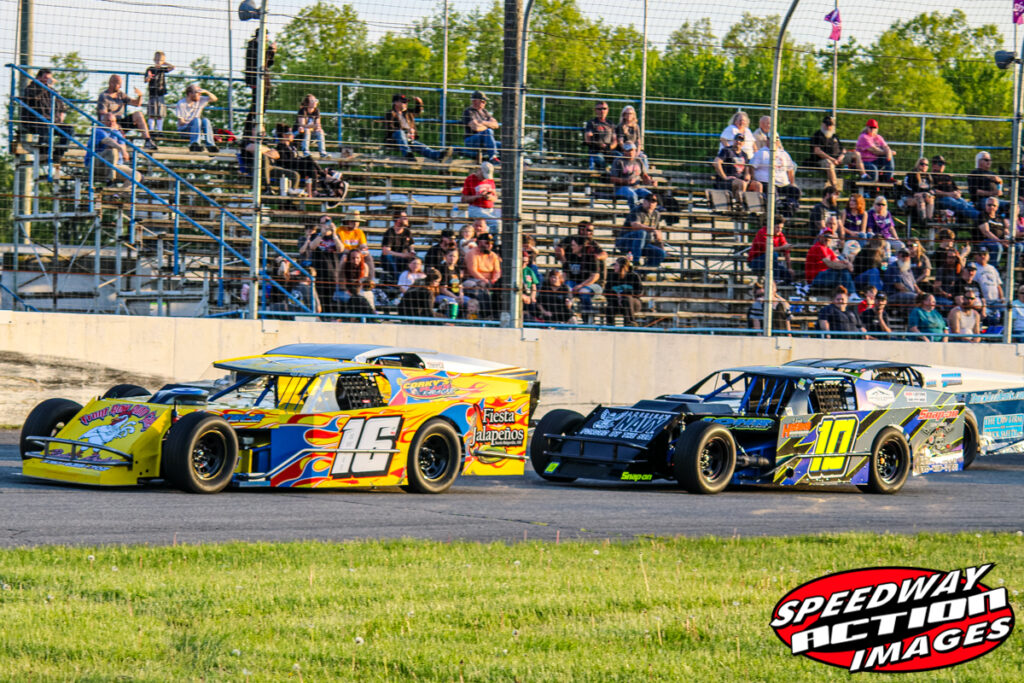
The days of a promoter opening the gates and counting the money as the fans pile into the track are long gone. Today’s world requires more than just opening the gates to be successful. There are all sorts of marketing options for a racetrack and choosing the right mix is the key to success for many promoters. Adaptability is also key, what worked five years ago may not work today and what didn’t work five years ago might be the golden ticket today.
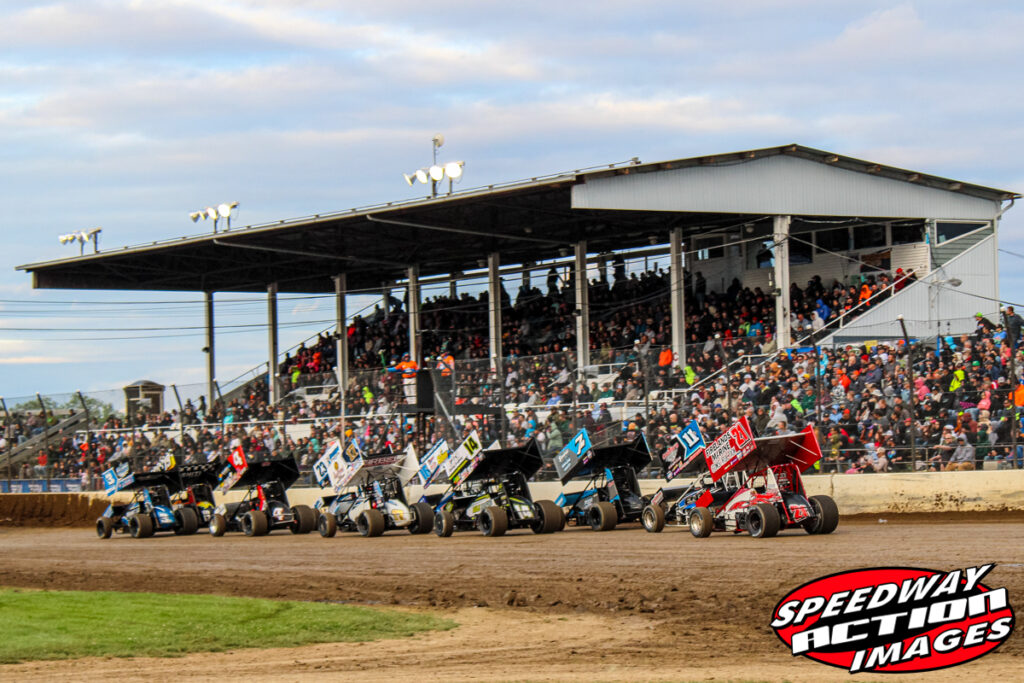
Life used to be simple, you had three real advertising options as a race track. Posters/Flyers, printed and hung up around town, put in windows of local businesses and gathering spots were one option, Newspaper Ads were another and the most expensive but most effective way to get word out about your event and track was with a Radio or TV commercial.
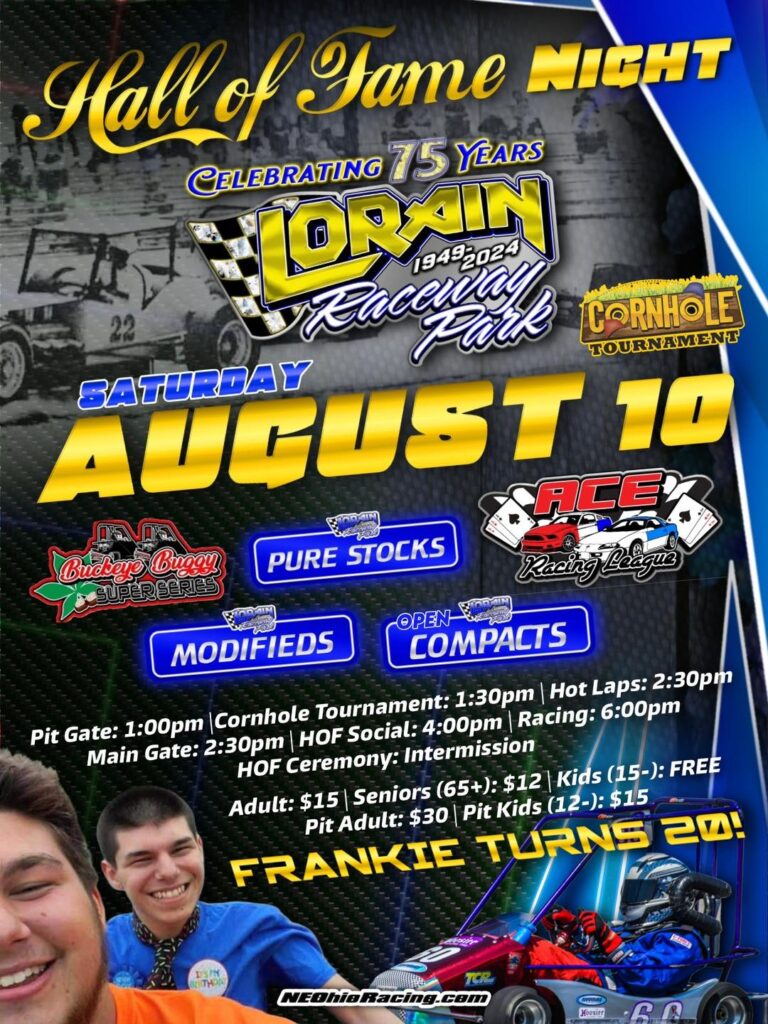
Posters and flyers remain an effective tool, placed in high traffic areas a poster or flyer would attract eyes to it informing people from all walks of life about your upcoming event. Printing isn’t expensive in the grand scheme of things but the time it takes to hang posters in all the right places can be cost prohibitive. 20 years ago, nearly every household received the local newspaper. Newspapers reached all demographics and at the time were the go to news source, also making them an effective advertising avenue. As the number of newspaper subscribers has shrunk in the past 20 years as we turn away from paper media and more towards digital media, those ads became less effective and newspapers began to disappear. Some that were daily print editions now only print a weekly paper. Because of the lack of subscribers the newspaper has become ineffective in the digital age.
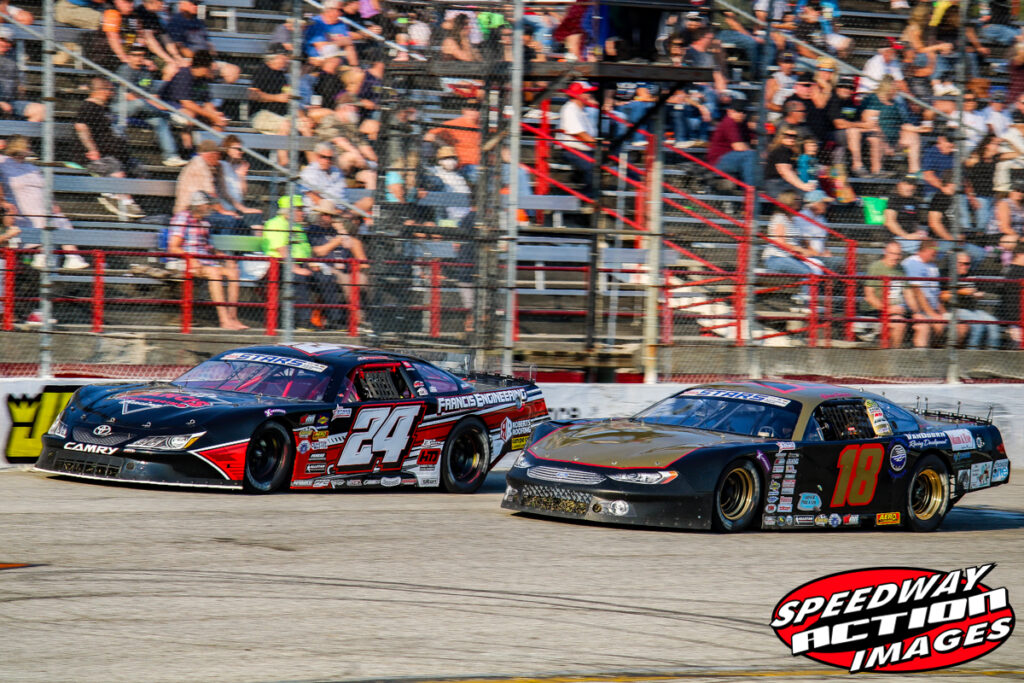
The last option was radio and TV commercial spots. An exciting radio spot during the evening rush was the best way to get the event out to the masses. It still works, you hear ads for local car dealerships, repair shops, restaurant chains and more if you listen to any FM station during your commute to and from work. TV was the most expensive option but also effective when time was purchased on a local station during the news or a major sporting event, like the NASCAR race on Sunday afternoon. Both radio and TV ads require market research, a significant investment not only in the air time but the production of the spot and in today’s world of satellite radio and on demand music, most drivers aren’t listening to the local rock or country station on their ride to and from work anymore.
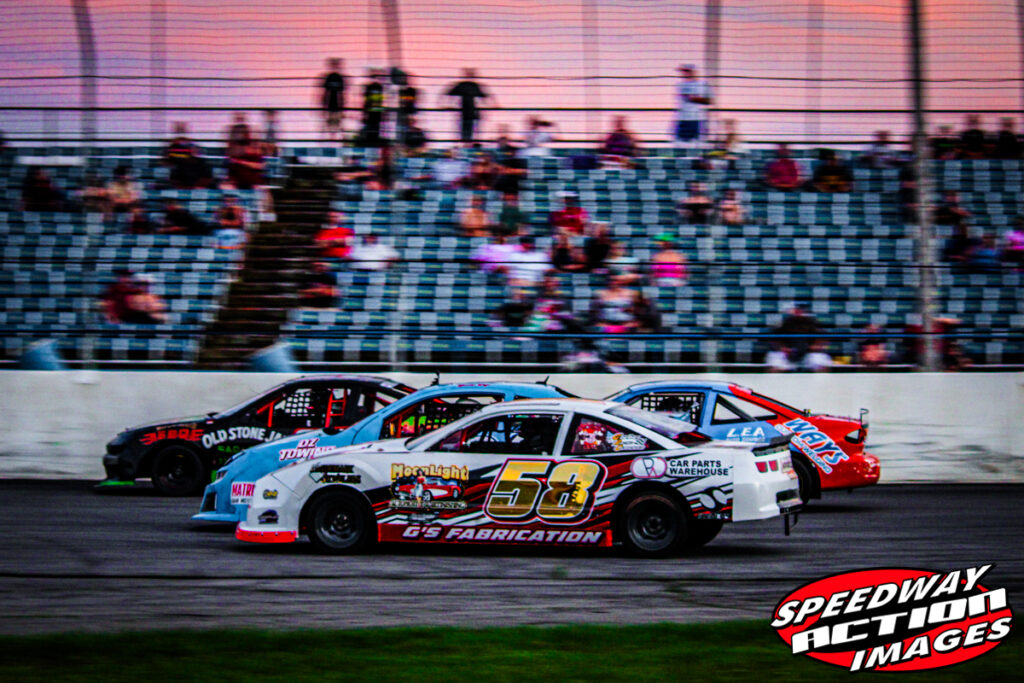
In comes the new media, “Facebook”. And best of all, a business or individual can post whatever they want to post on it for free. Those posts blast out to “followers” made up of friends, family, neighbors, co-workers and acquaintances. Suddenly advertising became easy and free for tracks to put event information out to the masses. Followers of a track’s page will see the new digital flyer and instantly know they want to be there Saturday. Everything is right there in one graphic available to “share” for all to see. Tracks can pay an additional fee to reach an even broader audience, one that can be targeted through several options within Facebook’s advertising portal. And it’s just that easy, or is it?
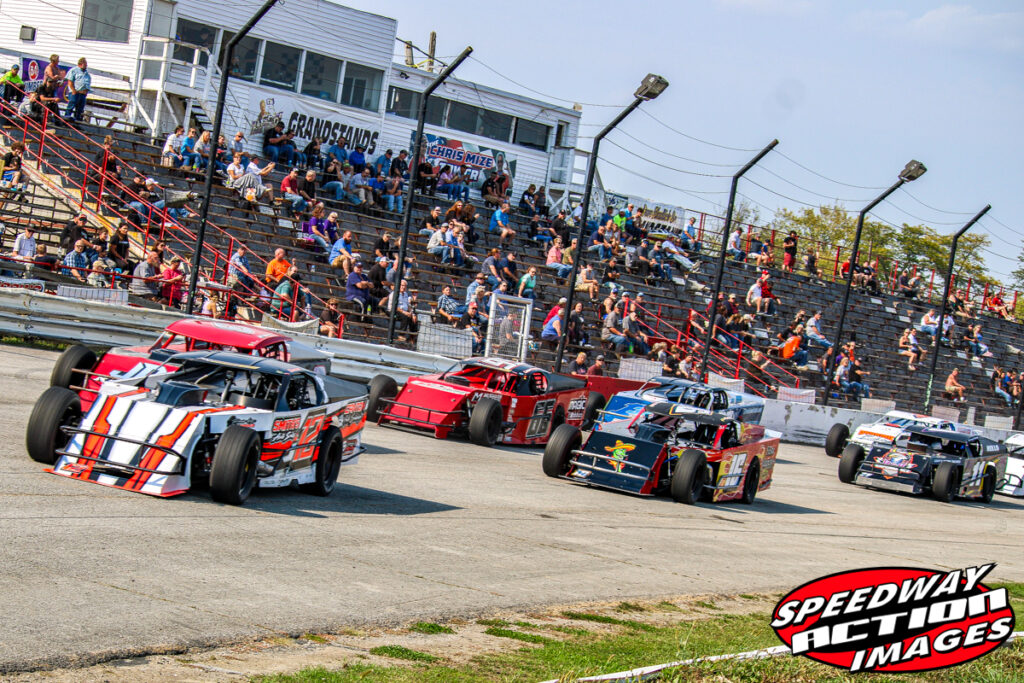
Fans without Facebook profiles lose access to knowing what’s going on at the track and what’s coming up. Fans that don’t “follow” the track’’s page likely won’t see the ad, they fall into a black hole of people not seeing special announcements, event information or ticket prices. Facebook posts leave the door open for negative comments, fans sharing bad experiences or just mouthing off because they are bitter about something with the track. They call them “keyboard warriors”, those who spout off negativity and love to share their thoughts on everything the promoter is doing wrong, everything wrong with the racetrack and then the name calling begins. We’ll get more into the details of the “Social Media Effect” in a future installment.
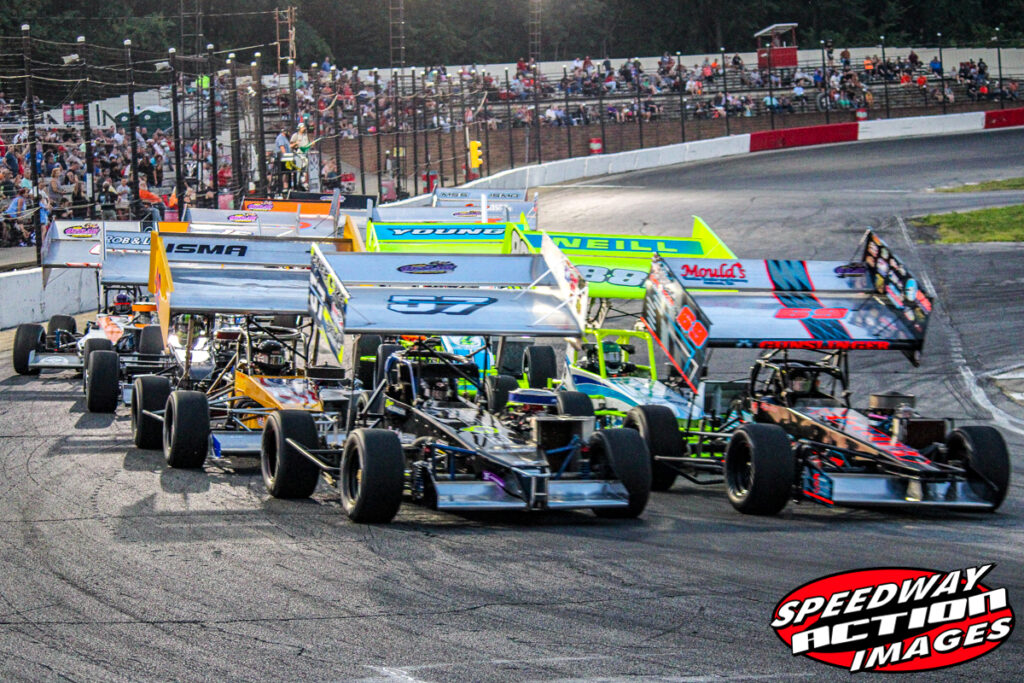
A solid mix of print and digital media is required to keep bringing new fans into the track and bringing casual fans out to the track. Sprinkle in a radio or TV ad for big events, where the budget allows. Posters or flyers in high traffic places or at track sponsor locations work well. Colorful ads showing the fast cars, big crowds and fans having fun at the track sell the message to people looking at them. Information including start times, ticket prices and car classes competing that night further drive the message home. The best part is in most cases the printed poster and digital poster can be the same graphic. Graphics cost money though and a track promoter has to commit that cost into the budget for the entire season.
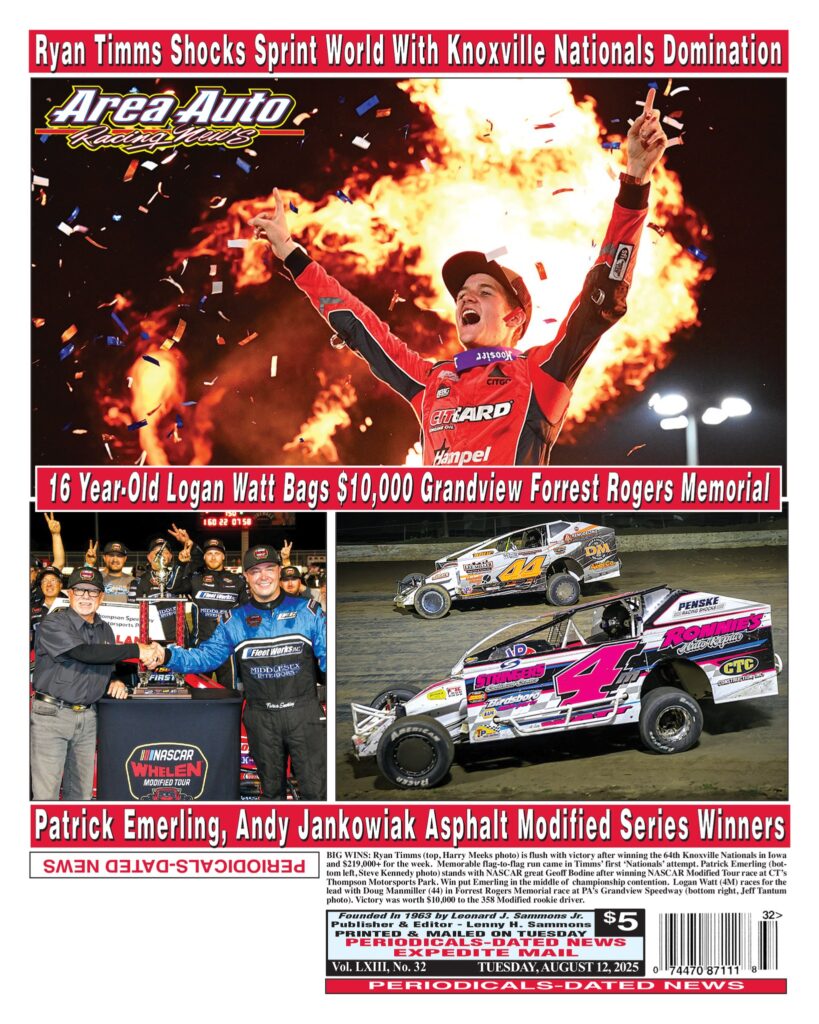
While earlier it was stated thats newspaper ads are no longer relevant, there is one exception; Trade Papers such as Area Auto Racing News or local racing websites such as this one (www.speedwayactionmagazine.com) offer affordable and effective advertising options. Advertising with one of these publications gives your event a targeted audience with a solid return on investment, in other words the race track is marketing right to the audience they want to, not paying for inflated numbers of uninterested readers.
Track websites also offer a place to advertise the next event, the upcoming big event and to recap what happened at the last event. Track websites have a slew of information on them including ticket prices, event times and of course a schedule. A good portion of these websites don’t get many updates throughout the season other than if a schedule change occurs. In the digital age that we live in, that website is the track’s lifeline, it’s the most efficient way to put out information and have answers for any potential customers looking for information about the track. And yet is often neglected and not updated, giving potential customers the wrong impression or in some cases, the wrong information.

Many promoters look past the easiest, least expensive advertising available to them, their road side signs. While many tracks have adopted digital signboards with ever-changing messages, many still rely on an old school marquee style sign with magnetic letters that have to be changed out between events. One track in particular fails to update the sign on the state route the track entrance is on until the day of the event, missing out on countless potential customers who drive by the sign during the two weeks in between races at the track. It’s virtually free to update the sign, it takes a little time to move the letters around to change it to the next event but it is something that could be done Sunday or Monday following a race.
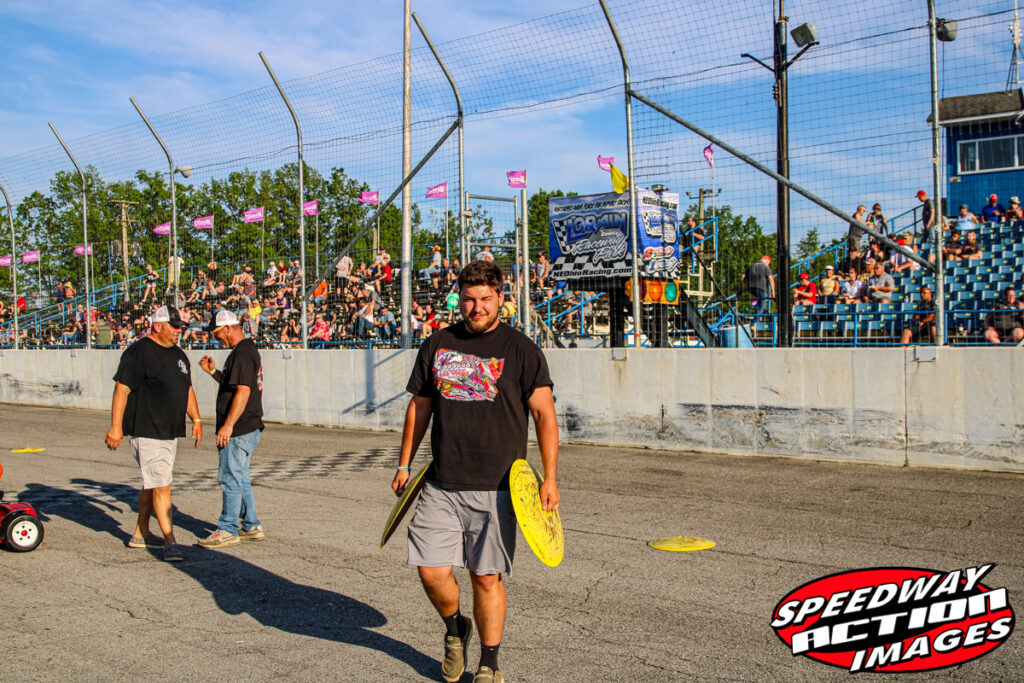
Promoting a race is a full time job, it’s not simply opening the gates and counting the money as it comes in. That work starts well in advance, possibly a year ahead of the event as the date has to be selected, promotional materials ordered, posted and shared. Costs, purse structures, insurance, event logos,an advertising plan and so much more lead up to the announcement of the event. As the event nears, entry forms, social media posts, printing of posters all take over. About six weeks out, the event should have a solid entry list, promoting kicks into high gear with event information posts, reminder flyers, entry announcements and more take priority as the event gets closer. By two weeks out, the event promotion switches to attracting fans, posting things like full entry lists, race day schedules and pushing late entries into the program become the priority for the promoter.
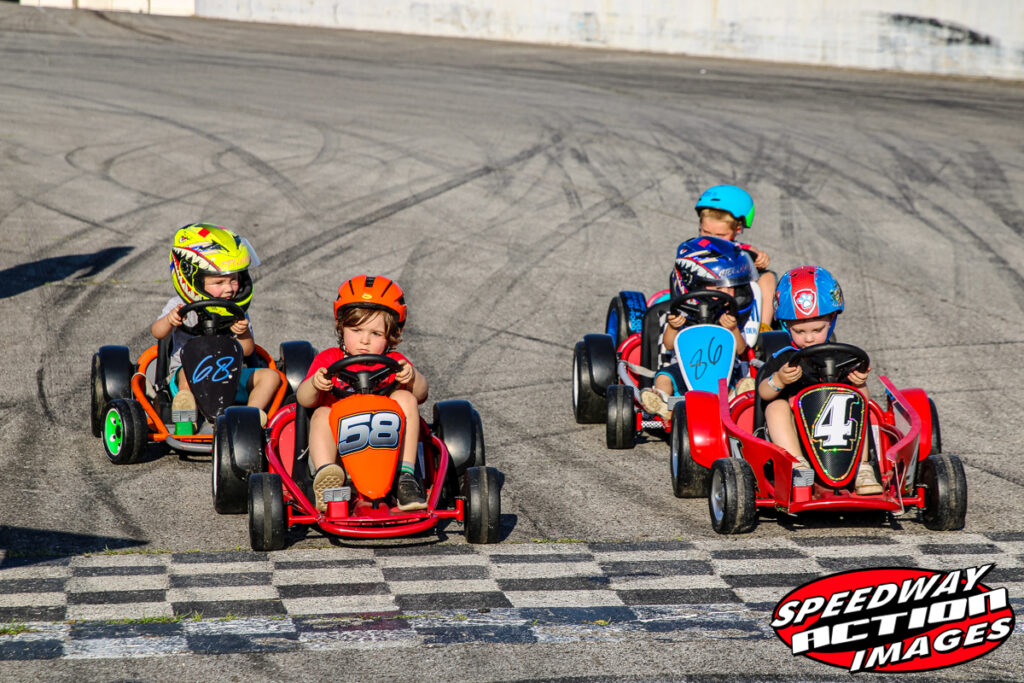
It’s not that short track promoters aren’t doing their jobs right, they are trying to find new ways to attract the legions of fans to their race track in a crowded entertainment market. When the choice is to go see a 2 hour movie in an air conditioned theatre or go to the racetrack for four hours in the sweltering heat, the choice is simple.
Today we have ads plastered all over infront of us from our streaming TV apps to social media and the radio we listen to while driving. It’s such a crowded space that we struggle to remember all of the goods and services advertised to us throughout the day.

At the end of the day our short track promoters are in the battle of their lives, trying to squeeze every dollar they can into their race track, that money goes towards bigger events, more events or facility improvements and at the end of the day a good promoter is lucky to break even.
In our next installment we will dive further into the effects of social media on racing, the positives and negatives of it.
Discover more from Speedway Action Magazine
Subscribe to get the latest posts sent to your email.

